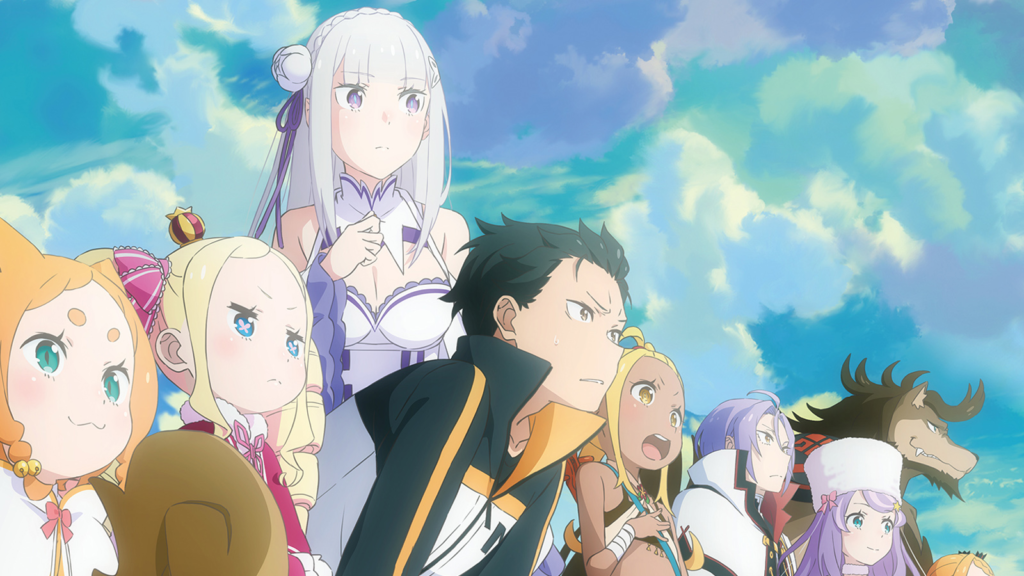Introduction
The isekai (異世界) genre has exploded from niche trope to full-blown cultural phenomenon. What began with classics like Escaflowne has evolved into a sprawling universe of reincarnated heroes, game-like systems, and increasingly bizarre premises (Reincarnated as a Sword, anyone?). This deep dive explores:
- Why certain tropes (villainess, VRMMO) became mega-trends
- The best isekai manga to read in 2025—beyond the obvious picks
- The 3 evolutionary waves of isekai storytelling
1. The Three Eras of Isekai: How We Got Here
First Wave (1990s-2000s): The Groundbreakers
These series established the core “transported to another world” DNA:
- Vision of Escaflowne (1994): A shoujo-mechs hybrid that defined portal fantasy
- Fushigi Yuugi (1992): The blueprint for “trapped in a book” romances
- .hack//Sign (2002): Early exploration of VR worlds before SAO existed
Key Trait: Heroes are outsiders—they don’t “game” the world’s systems.
Second Wave (2010s): The Gameification Boom
Sword Art Online (2009) changed everything by merging isekai with RPG mechanics:
- Log Horizon (2010): Smart takes on NPCs becoming sentient
- Re:Zero (2012): Dark deconstruction of respawn mechanics
- Overlord (2012): The ultimate power fantasy gone rogue
New Twist: Worlds operate on video game logic (stats, skills, menus).
Third Wave (2020s): Absurdist Meta & Subversion
Modern isekai embraces wild premises and genre-blending:
- The Eminence in Shadow (2018): A chuunibyou’s delusions become reality
- Reincarnated as a Slime (2013): Non-human MCs as the new norm
- Oshi no Ko (2020): Isekai elements in contemporary settings
Current Trend: Less about escaping reality, more about critiquing it.
2. The 5 Most Impactful Isekai Tropes (And Why They Work)
- “Cheat Skills” (Kumo Desu Ga?)
- Why readers love it: Power progression = wish fulfillment
- Best execution: The Rising of the Shield Hero (balanced growth)
- Villainess Reincarnation (My Next Life as a Villainess)
- Appeal: Gender-flipped redemption arcs
- Hidden gem: Tearmoon Empire (comedy + political intrigue)
- Non-Human Rebirths (Reincarnated as a Sword)
- Innovation: Fresh storytelling perspectives (literally)
- Deep cut: I’m a Spider, So What?’s monster evolution tree
- System-Based Worlds (Solo Leveling)
- Addictive hook: Visible progression = binge factor
- Warning: Many clones feel samey (I Alone Level Up)
- Reverse Isekai (The Devil is a Part-Timer!)
- Why it’s refreshing: Fantasy characters in our world
- Underrated pick: Saint Cecilia and Pastor Lawrence
3. 2024’s Best Isekai Manga You’re Not Reading
For Strategy Fans:
- The Wrong Way to Use Healing Magic
Think Overlord meets Stardew Valley—a healer forced to become a frontline tank.
For Romance Lovers:
- 7th Time Loop: The Villainess Enjoys a Carefree Life
Steins;Gate-level time loops meet otome game politics.
For Absurdist Humor:
- Reborn as a Vending Machine, I Now Wander the Dungeon
Exactly what it says—and somehow works as social commentary.
Dark Horse Pick:
- Helck
A parody that morphs into one of the most emotional fantasy stories ever.
Isekai FAQ: What Fans Really Want to Know
Q: Why do so many isekai protagonists get reincarnated?
A: It’s an easy justification for exposition (“Wait, why is there a status window?!” says every MC ever).
Q: Is Mushoku Tensei still the best isekai?
A: For character development, yes—but Re:Zero has better twists, and Eminence is funnier.
Q: What’s the weirdest isekai premise?
A: Current record holder: I Was Reborn as a Hot Spring in Another World (yes, really).
Final Thoughts: Where Isekai Goes Next
The genre’s future lies in hybridization—blending with sci-fi (Rebuild World), horror (Dungeon Meshi), and even sports (Blue Lock’s isekai-esque intensity).
Hot Take: The next big trend will be “returner” stories (think Omniscient Reader’s Viewpoint).
What’s your favorite isekai trope? Villainess? OP MC? Let’s debate!



